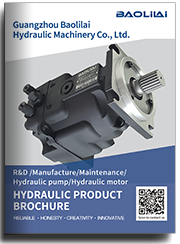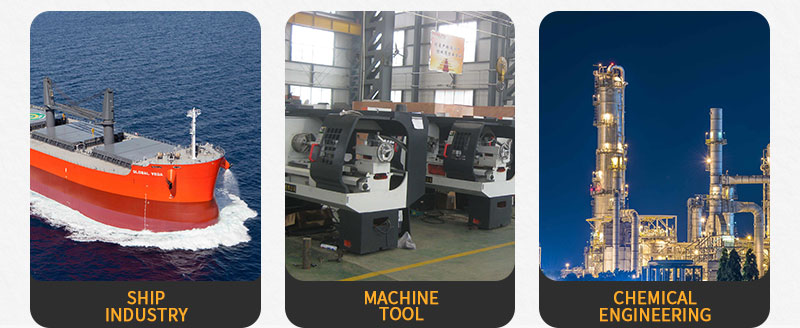90R075HF1BC60P4S1D04GBA323224 hydraulic pump
90R075HF1BC60P4S1D04GBA323224 hydraulic pump

- Product Details
- Applicable Scene
Hydraulic systems play a pivotal role in various marine applications, including propulsion, steering mechanisms, and deck machinery. Among the essential components of these systems are hydraulic pumps, which are responsible for converting mechanical energy into hydraulic energy, enabling equipment to operate effectively even in the challenging conditions of the marine environment. This article delves into the significance of hydraulic pumps in marine applications, the types of pumps available, and the considerations required to ensure optimal performance and longevity.
90-R-075-HF-1-BC-60-P-4-S1-D-04-GBA-32-32-24
90R075HF1BC60P4S1D04GBA323224
Marine environments present unique challenges that can impact the effectiveness and durability of hydraulic systems. These challenges include exposure to saltwater, extreme temperatures, vibrations, and the potential for contamination. As a result, selecting the right hydraulic pump and implementing proper maintenance practices is critical for ensuring reliability and efficiency in operations.

83031469
There are several types of hydraulic pumps commonly used in marine applications, including gear pumps, vane pumps, and piston pumps. Each type has its advantages and ideal application scenarios. Gear pumps are known for their simplicity and reliability, primarily used in applications requiring lower pressures and flow rates. Vane pumps can handle higher pressures and provide smoother flow, making them suitable for applications that demand consistent hydraulic power. Piston pumps are designed for high-pressure systems and offer exceptional efficiency, but they are often more complex and expensive.
When selecting hydraulic pumps for marine applications, it is essential to consider factors such as the pump’s material construction, sealing technology, and size. Pumps made from corrosion-resistant materials, such as stainless steel or specialized coatings, are ideal for marine environments to mitigate the effects of saline exposure. Furthermore, the use of high-quality seals can prevent fluid leaks and minimize contamination risks, ensuring the hydraulic system operates at peak efficiency.





